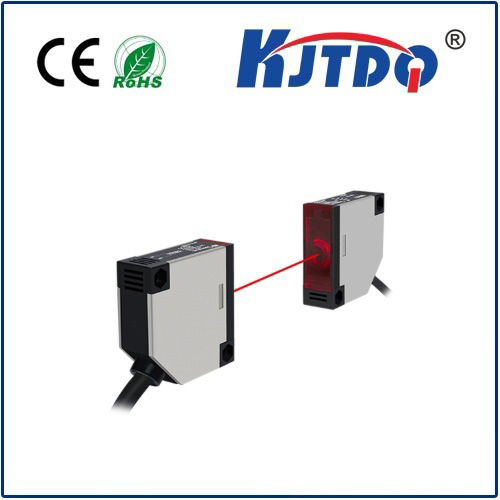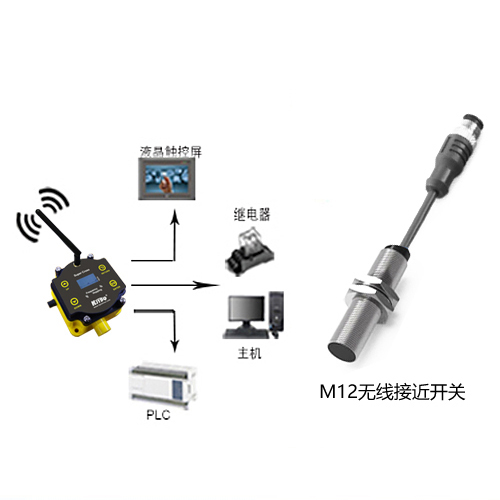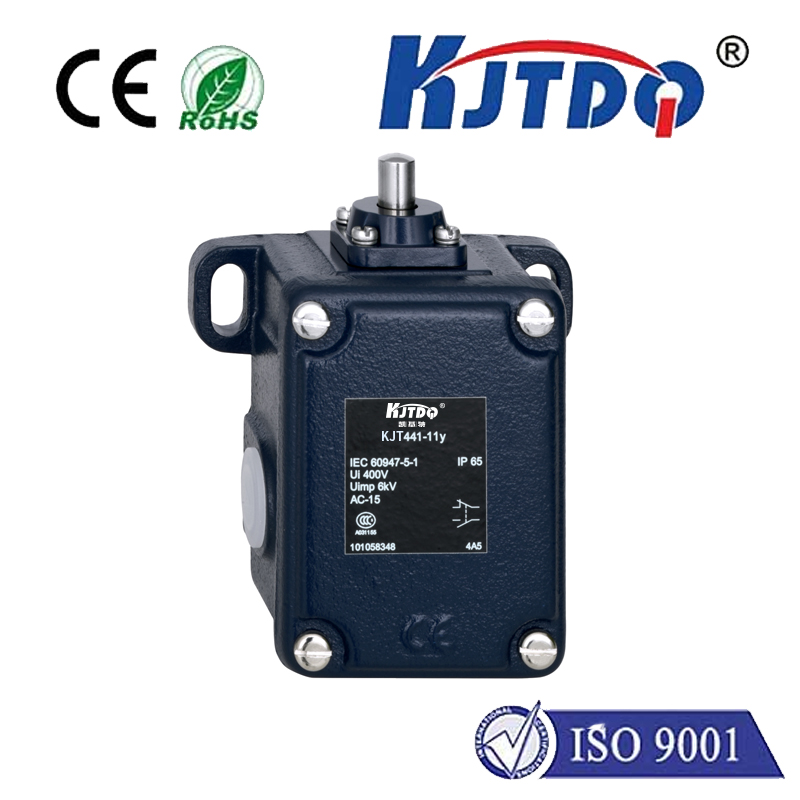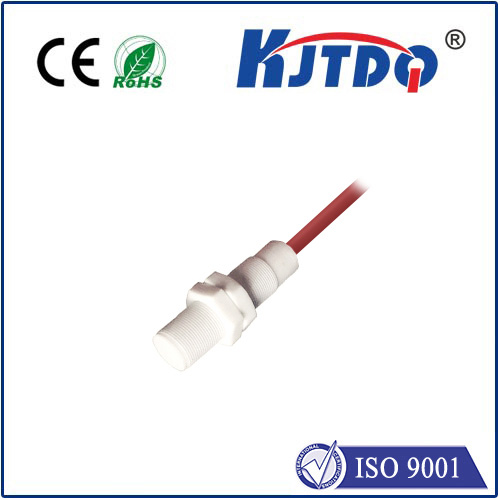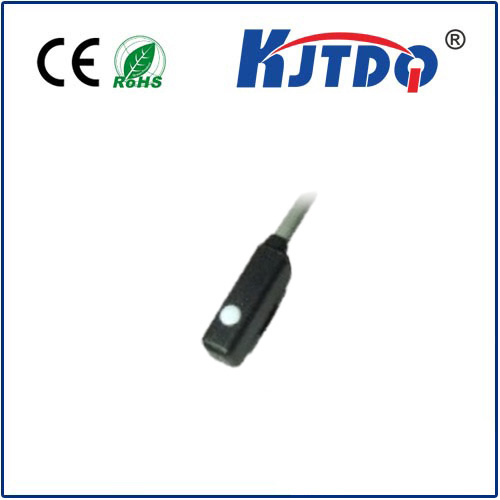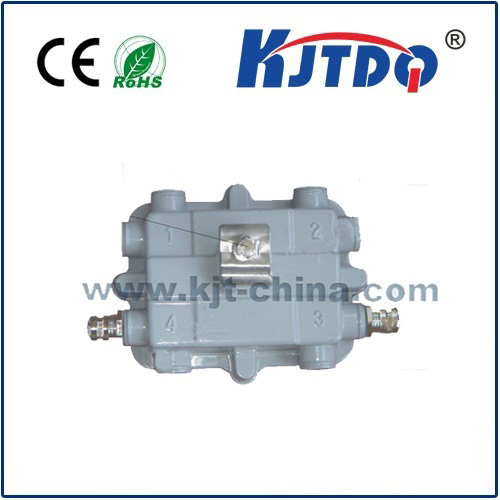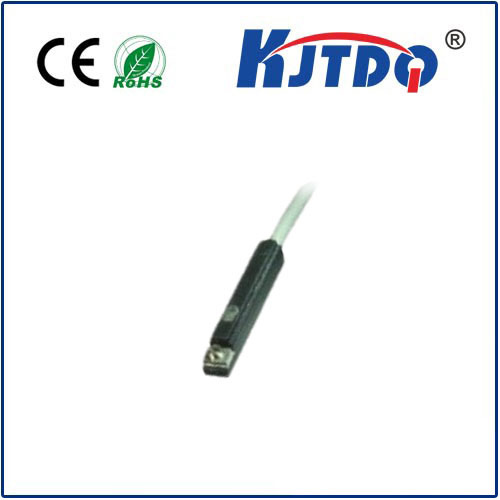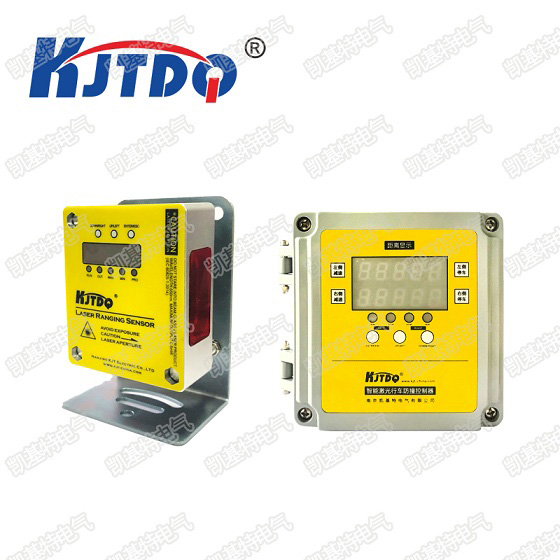ir optical sensor
- time:2025-08-13 15:52:15
- Нажмите:0
Beyond the Visible: The Essential Guide to IR Optical Sensors
In a world increasingly driven by sensing and automation, infrared (IR) optical sensors operate silently, often unseen, yet their impact is profound. Unlike our eyes, limited to the narrow band of visible light, IR sensors unlock the vast spectrum of infrared radiation emitted or reflected by nearly all objects. From ensuring your smartphone responds to a gesture to monitoring industrial furnaces and safeguarding homes, these devices translate the invisible thermal and near-infrared world into actionable data. This guide delves into the workings, types, and crucial applications of this transformative technology.
Demystifying the Invisible: What is an IR Optical Sensor?
At its core, an infrared optical sensor is a device designed to detect and measure infrared radiation within a specific wavelength range. This radiation, residing just beyond the red end of the visible light spectrum (typically wavelengths from about 700 nanometers to 1 millimeter), is fundamentally heat radiation. All objects with a temperature above absolute zero emit IR energy proportional to their temperature. An IR sensor captures this emitted radiation, or sometimes reflected IR from an active source, and converts it into an electrical signal that can be processed, analyzed, and acted upon.
Understanding Infrared Radiation: Infrared radiation behaves like visible light – it can be reflected, refracted, absorbed, and transmitted. However, its longer wavelengths mean it interacts differently with materials. Many gases, plastics, and organic compounds exhibit unique absorption or transmission characteristics in the IR spectrum, forming the basis for numerous sensing applications like gas detection or compositional analysis. Silica glass (common in windows) is opaque to far-infrared but transmits near-IR, impacting sensor housing design.

The Mechanisms of Detection: How Do They Work?
IR sensors operate on the principle of photodetection or thermal detection:
- Photonic (Photon) Detectors: These are the most common for many consumer and industrial applications. They utilize semiconductor materials like Indium Gallium Arsenide (InGaAs) for near-IR or Mercury Cadmium Telluride (MCT) for mid-to-far IR. When an IR photon strikes the detector material, it excites an electron, generating a measurable electrical current or voltage change proportional to the incident IR intensity. Key advantages include high sensitivity and fast response times, crucial for applications like data communication (IRDA) or speed sensing.
- Thermal Detectors: These detect the heating effect caused by absorbed IR radiation. Common types include thermopiles (generating voltage from temperature differences), pyroelectric sensors (generating charge upon rapid temperature change), and microbolometers (changing electrical resistance with temperature). Thermal detectors generally offer broader spectral sensitivity, don’t require cooling for many applications, and are often more cost-effective, making them ideal for thermal imaging cameras used in building inspection or security, and passive infrared (PIR) motion sensors ubiquitous in security systems and automatic lighting. Their limitation is typically slower response time compared to photonic detectors.
Key Categories: Active vs. Passive Infrared Sensors
The fundamental distinction lies in how they interact with the IR source:
- Active IR Sensors: These systems incorporate their own IR light source, typically an IR LED or laser diode. They emit IR radiation towards a target and detect either the reflected signal or the interruption of a beam. Think of optical encoders counting rotations, object presence detection on conveyor belts, proximity sensors in phones, or the familiar TV remote control. They are excellent for precise distance measurement (like time-of-flight sensors), object counting, and communication.
- Passive IR Sensors (PIR): These sensors do not emit any IR radiation. Instead, they solely detect the IR energy naturally emitted by objects in their field of view. All warm objects (people, animals, engines) emit IR. A PIR sensor detects changes in this IR radiation pattern caused by movement. This makes them incredibly power-efficient and effective for motion detection in security, automatic doors, and energy-saving lighting controls. Their simplicity and low cost drive their massive adoption.
Where the Invisible Creates Value: Diverse Applications
The unique ability of IR optical sensors to see beyond human vision enables countless applications:
- Temperature Measurement & Thermal Imaging: Non-contact infrared thermometers and thermal imaging cameras (relying on arrays of microbolometers or cooled photon detectors) are vital tools. They monitor equipment health in factories to prevent failures, assess building heat loss for energy efficiency, detect electrical faults, screen for elevated body temperature, and aid firefighters in locating hotspots.
- Motion Detection & Security: Passive Infrared (PIR) sensors are the backbone of intruder alarm systems, automated lighting, and smart home occupancy detection. They reliably detect the presence and movement of warm bodies.
- Proximity & Presence Sensing: Active IR sensors are used in smartphones to disable the touchscreen during calls, detect objects on assembly lines, control paper paths in printers, and serve as touchless interfaces (e.g., gesture control).
- Gas Detection & Analysis: Many gases (like CO2, methane, hydrocarbons) absorb specific IR wavelengths. Active IR sensors using techniques like Non-Dispersive Infrared (NDIR) spectroscopy exploit this for leak detection, air quality monitoring, process control, and medical breath analysis.
- Flame Detection: Specialized IR sensors identify the unique flickering IR signature of flames, providing critical fire detection in industrial settings, engine compartments, and hazardous areas faster than traditional smoke or heat detectors.
- Remote Controls & Communication: Infrared Data Association (IrDA) protocols, though largely superseded by Bluetooth and WiFi for long-range, still leverage IR for simple, secure, short-range data transfer in remotes and some point-to-point device communication.
- Environmental & Scientific: IR sensors on satellites (like Landsat or ASTER) monitor Earth’s surface temperature, vegetation health (“NDVI” uses reflected near-IR), and atmospheric composition. In laboratories, FTIR spectrometers use IR sensors to identify materials based on their absorption fingerprints.
Advantages and Considerations: Choosing the Right Sensor
The widespread adoption of IR sensors stems from key advantages:
- Non-contact Operation: Enables measurement without physical interaction, crucial for moving objects, hazardous environments, or sterile processes.
- Night/Day Functionality: Passive IR sensors work equally well in total darkness and bright light.
- Seeing Beyond Vision: Detects heat signatures, gas compositions, and other phenomena invisible to humans.
- Fast Response: Especially photonic detectors.
- Долговечность: Solid-state designs offer good reliability.
However, selecting the right sensor requires careful consideration:
- Wavelength Range: Must match the specific application (e.g., thermal imaging ~8-14 µm, gas detection specific absorption bands).
- Sensitivity & Resolution: Required accuracy dictates detector type and cooling needs.
- Field of View: Wide for motion detection, narrow for precise targeting.
- Environmental Factors: Temperature extremes, humidity, dust, and ambient IR sources (like sunlight) can interfere, necessitating protective housings,

